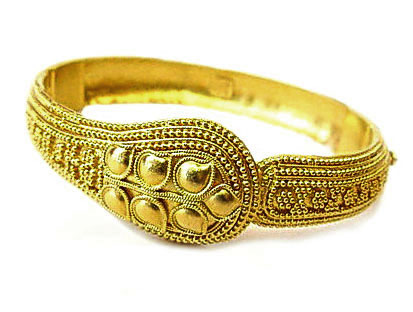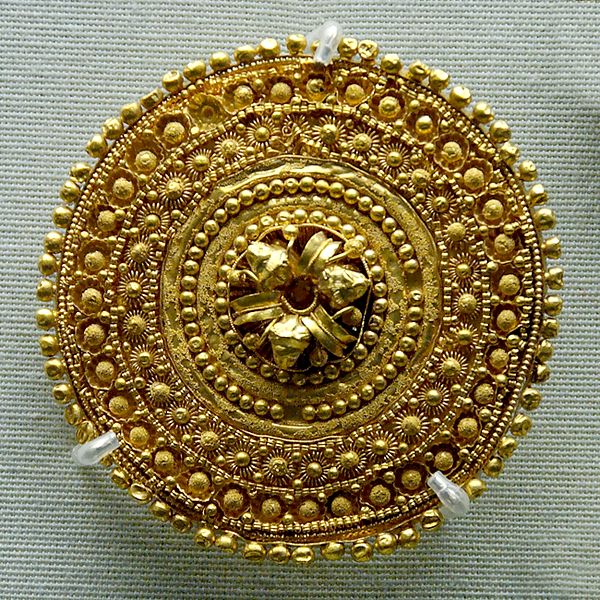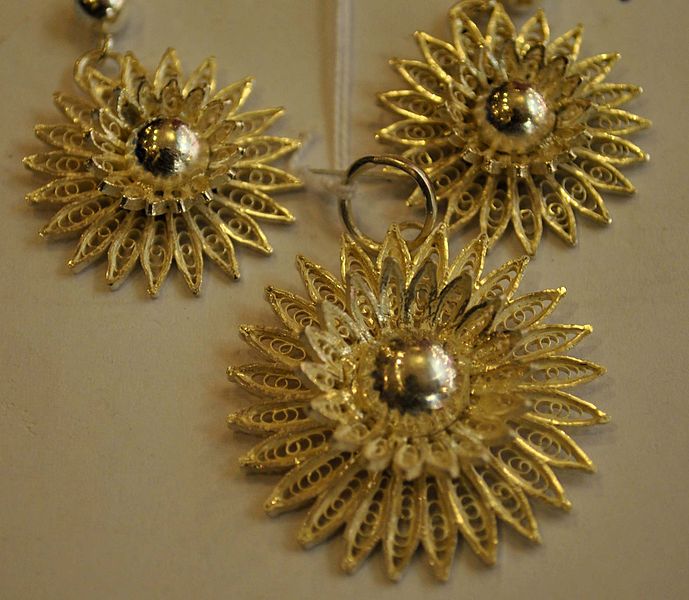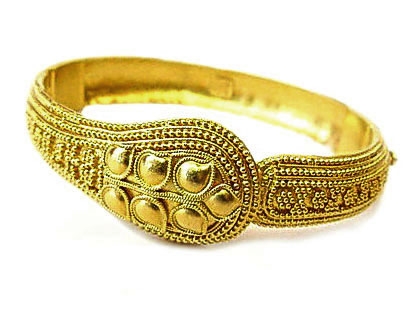
Filigree Jewelry
Filigree basically refers to the designs formed of exquisitely entwined threads of gold, silver, and other such precious metals. This lace like design is then used to decorate various different pieces which include boxes, metal ware and, jewelry. The elegantly designed pieces of filigree jewelry are sought after not only because of the designs but also because of the beauty that lies within. Filigree work carries the influence of different cultures but is considered principally as an Indian art form. It can be rendered in both traditional and contemporary designs, making it a part of fashion runways and everyday wardrobes.
Origin & History
This metal technique is one of the oldest and most beautiful techniques in history. It dates back to approximately five thousand years ago. This craft requires a lot of concentration, immense patience and skills as well. This excellent technique of art has been passed down from several generations and cultures, significantly including Egyptian, Persian, and Greek. The artifacts of filigree metal jewelry are often preserved in various museums across the globe. In the late fourth century, gemstones of filigree metal also became popular among people. This ancient art is still very fresh in the present forms of jewelry. The complete appearance of this metal is appealing, that makes art lovers indulge in it.
Style
The filigree metal technique involves entwining precious metals to form a lacy structure. This could be in the form of twined threads or beads depending on what would look good for that piece of jewelry or box. These threads or beads or an excellent combination of the two is used to decorate the boxes in a stylish way. The sophistication and elegance of this metal technique render a rich texture. The boxes can take up any shape; the thread would ensure a filler design along its lines thus making it attractive. One distinguishing factor that adds up to the entire concept of the filigree technique is that the designs can be created to offer a traditional as well as a modern look.
Influence over the Years
The metal filigree work is primarily considered as a part of the Indian domain. Over the years, it has enriched itself with the culture and traditions of ancient and modern India and has also undergone several other cultural influences. The ancient form of this metal has a lot of Egyptian, Roman, and Greek influences allied to it. One can even see the Persian inspiration in this metal at the same time. Sometime in 1000 B.C. Phoenicians and Etruscans had also modified this piece of metal in their styles, designs and, traditions. Overall, what one sees today as Filigree metal technique is a combative mix of these various cultures, traditions and, worlds.
Innovations
The innovations in this metal technique began with the disappearance of hand-made twined laces. This has been replaced by CAD made designs and machine made laces. This wonderful innovation has definitely saved a lot of time. The precious metals that were initially used included Gold and Silver, but now a large variety of precious metals are being used to carve designs. Threads or beads have taken different forms to make the box look unique and beautiful.
Occasion Dressing
This metal technique carries a rich look and, attracts every art connoisseur. This is the very reason why the jewelry and boxes made of filigree art work are best suited for special occasions. One can wear filigree ornaments for engagement ceremony or for a special party, wedding anniversaries, weddings etc. It complements ethnic wear like Saree or a Lehenga. This metal box is best suited as an ideal gift for special occasions. It can also be bought to store jewelry or any precious valuables.
Global Influence
Vintage appeal is extreme in fashion, and countries all over the world have treasured and upheld such authentic designs and handicrafts. The intricate and delicate designs of filigree boxes and accessories have gained immense popularity among people from different kinds of cultures, social backgrounds, and the trend is definitely marching forward.



